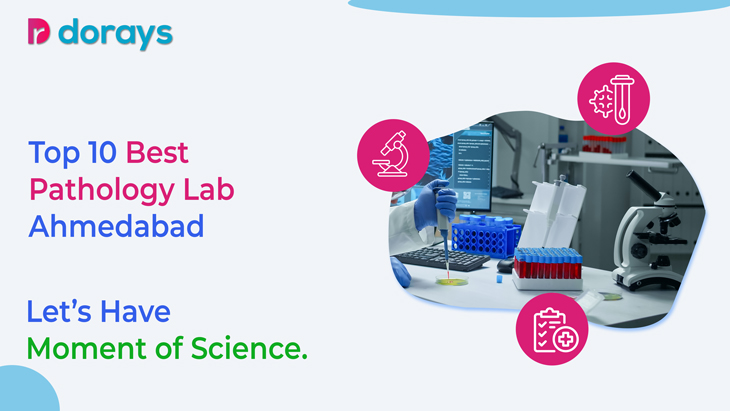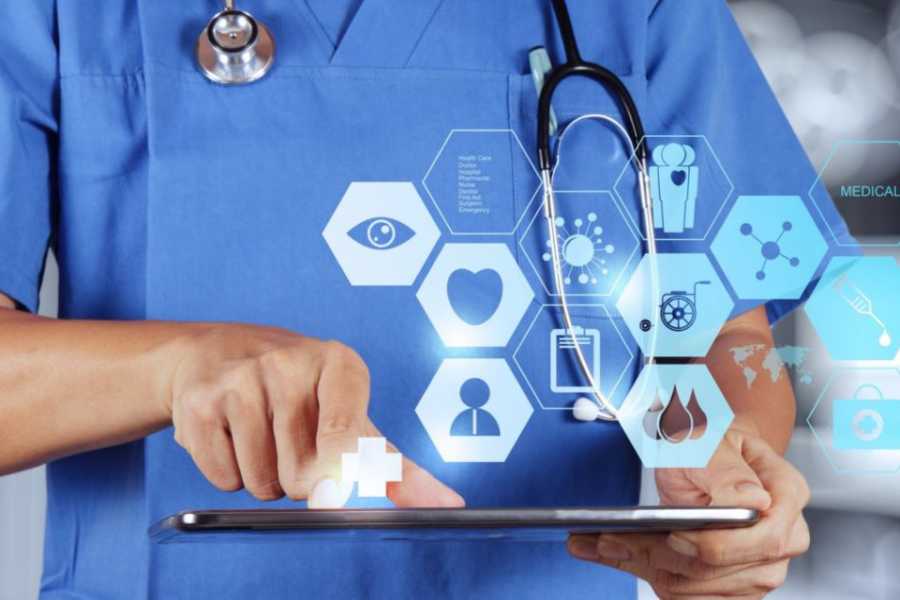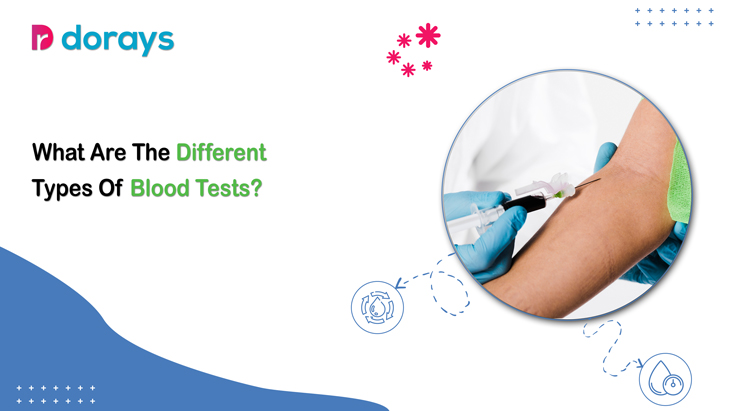The world is moving towards a timeline where we will be using self-driven cars, robots will take orders at restaurants, and machines will cook and pack food items. These things make sense to you because of artificial intelligence, usually known as AI. Artificial intelligence is explained as machines taking up humans’ traditionally performed tasks, and it is the intelligence coming from an artificial source.
Medical science is also implementing artificial intelligence technology in radiology and pathology. Machine learning and artificial intelligence algorithms have already become a part of the radiology and pathology lab, where they are improving the quality of diagnosis and treatment. Following are some ways in which artificial intelligence is changing the usual pathological and radiological techniques:
1. Diagnosis has become efficient and faster
Radiology and pathology depend on clinicians for image interpretation and study of tissue samples, and artificial intelligence is working to reduce this dependency. Computer systems are developed with predefined engineered features and parameters that will be used by the machine while analyzing tissues, fractures, muscle tears, organs, joint functioning, and other clinical samples. In this way, manual detection is getting replaced with automated analysis. Machine learning tends to analyze a large set of data and provide accurate and precise results. It can study a tumour inside the body and differentiate its type, leading to a detailed report.
2. A potential replacement of manual biopsies
AI is also improving the speed of diagnostic processes. Removing the suspected tissue samples and skin lesions is time-consuming and intensive. Therefore, AI is trying to replace manual biopsies with virtual biopsy tools. A virtual biopsy tool studies the organs inside the body and reports abnormal activity.
3. It helps in selecting better treatments
All processes of radiology and pathology are performed to select the best treatment that should be given to the patient—the ability of a computer to study large datasets accurately and precisely improves the precision of diagnosis. Different pathologists and radiologists have different takes on samples; therefore, getting the most accurate result is complicated. But when a machine does the same task, it gives the most precise outcome, which is well calculated, compared, and analyzed. In the case of ligament injuries and tumor formation, focusing on treatment becomes the priority if the clinician can get the information about the exact grade of the disease. Studying an image of an injury can never quantify the possible disease in artificial intelligence algorithms.
4. Assisting in the future prediction of diseases
Molecular pathology is currently working on predicting onsets of diseases in suspected patients. Several types of research are done in pathology labs that try to predict a malignant tumor or kidney failure. Artificial intelligence is taking strides towards future predictions, and new technologies are being developed to detect tissues and cells’ abnormal behavior that can potentially cause disease. Oncology and cardiology are the most targeted fields by artificial intelligence because early cancer diagnosis can save many lives.
Conclusion
Radiology and pathology are a boon to the medical field regarding diagnosis and treatment. Artificial intelligence has emerged recently to in turn assist these two fields. AI brings new technologies to the table every year to ensure a healthy future. Implementing artificial intelligence in radiology and pathology saves time and reduces the cost of procedures. Sometimes the clinician is not available or specialized enough to analyse the samples; in such cases, machine learning can easily find its way. Though it improves the quality of medical facilities available to patients, it is not replacing the medical faculty anytime soon.







Leave a Comment